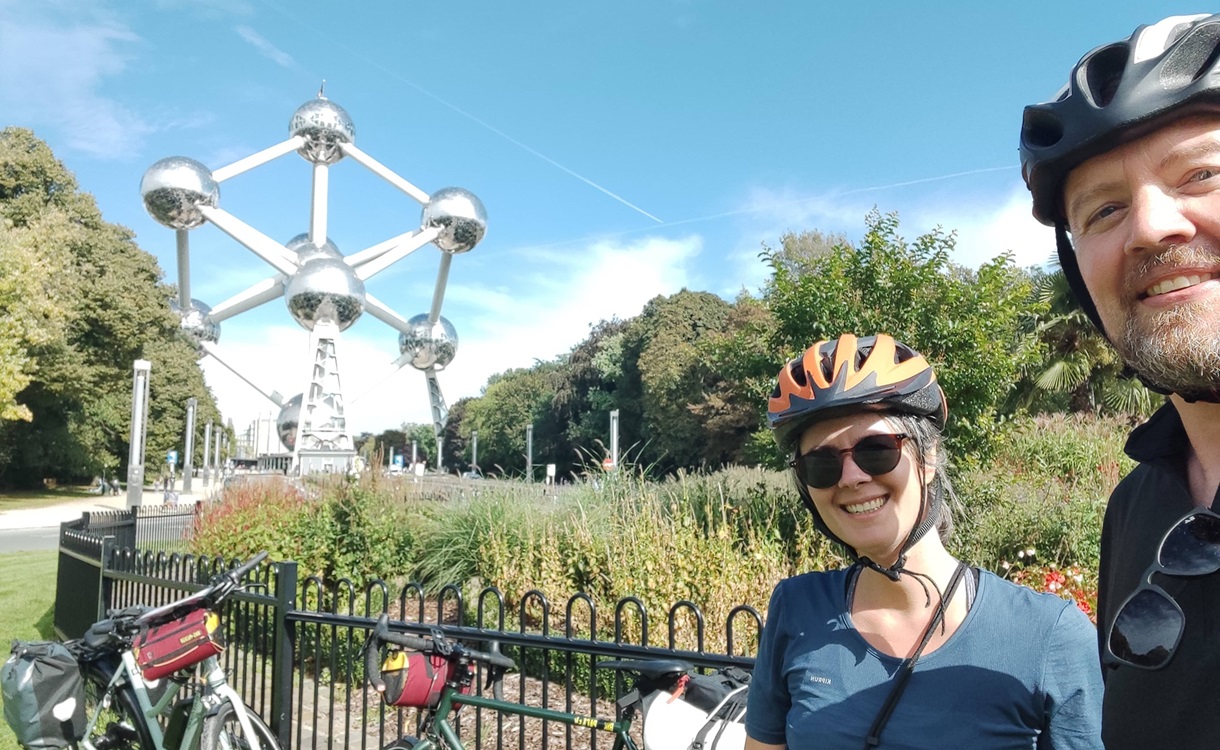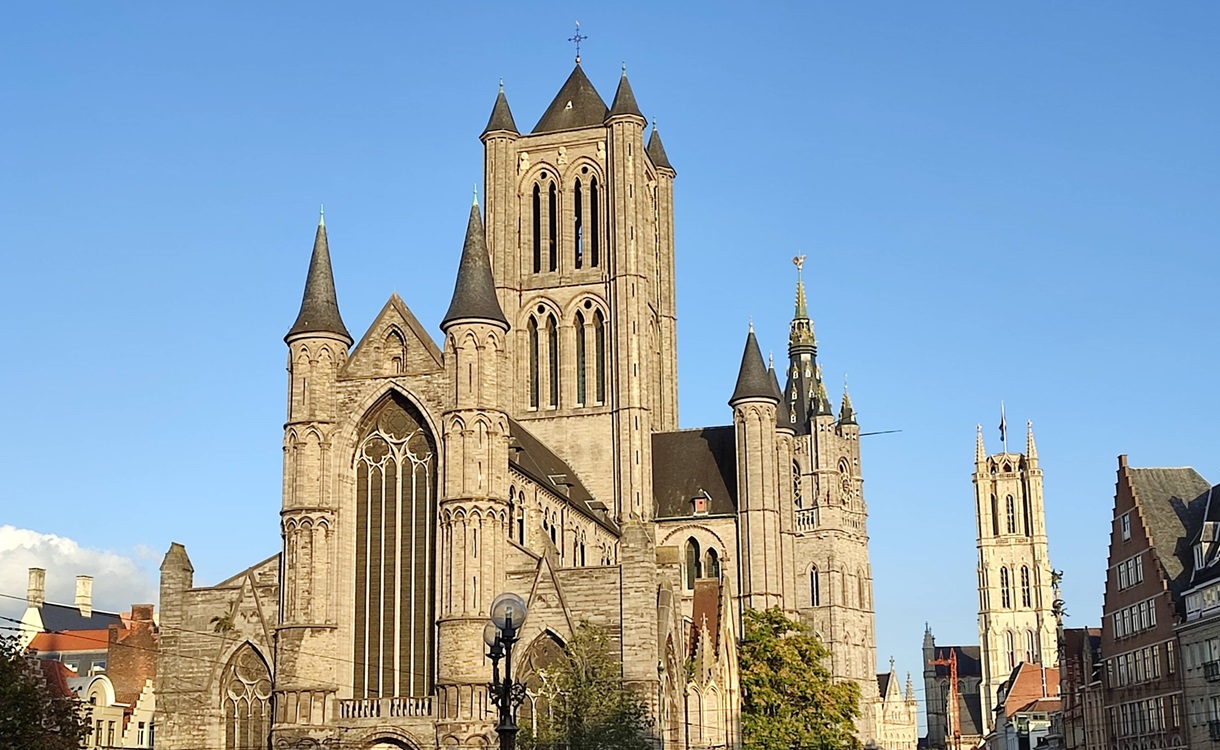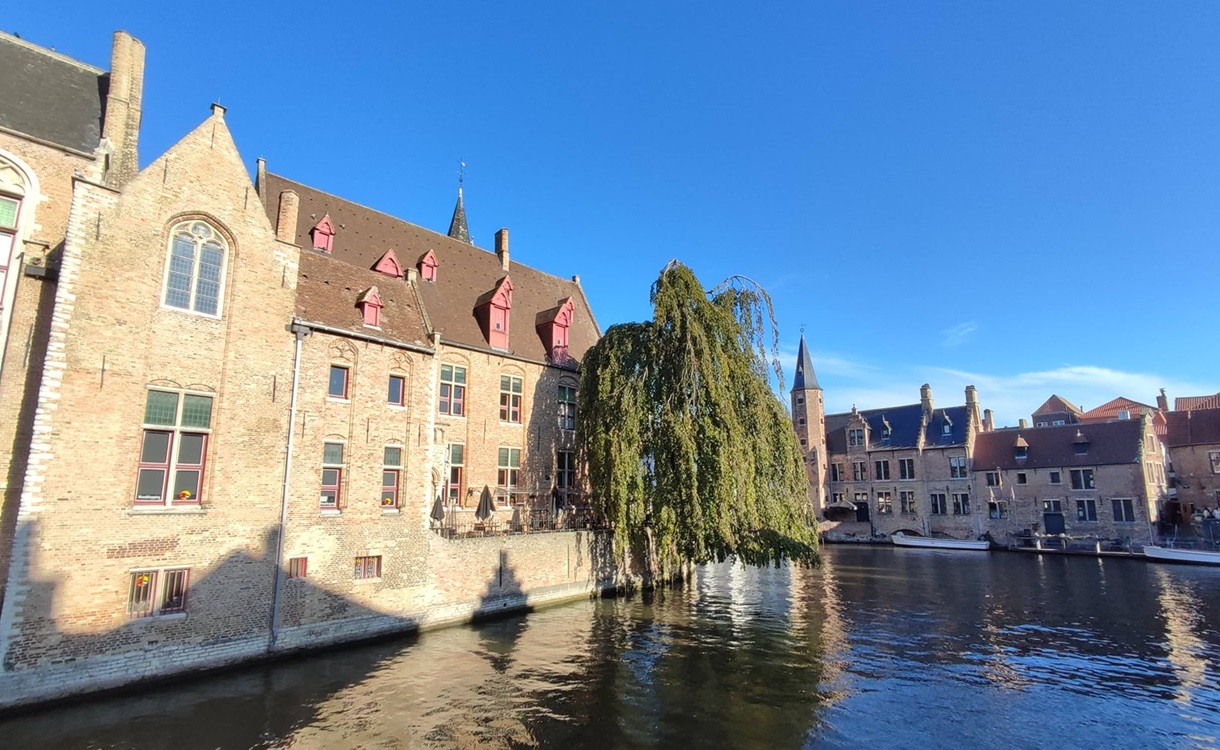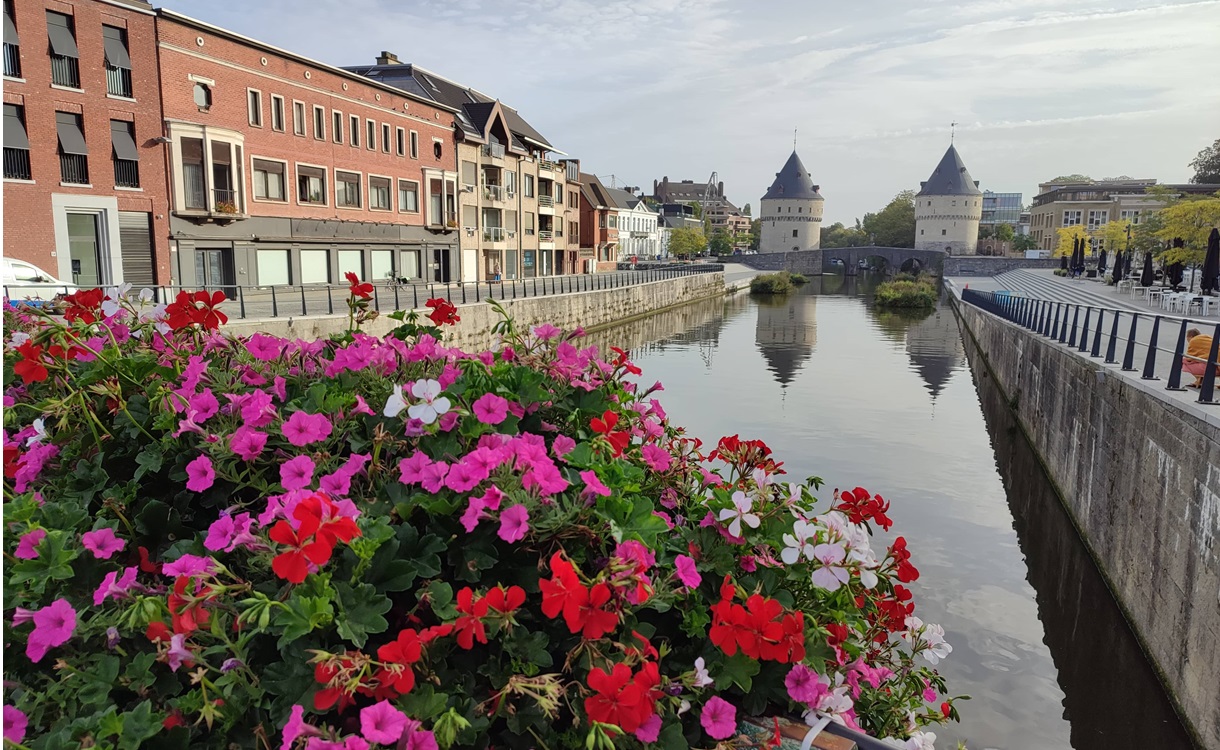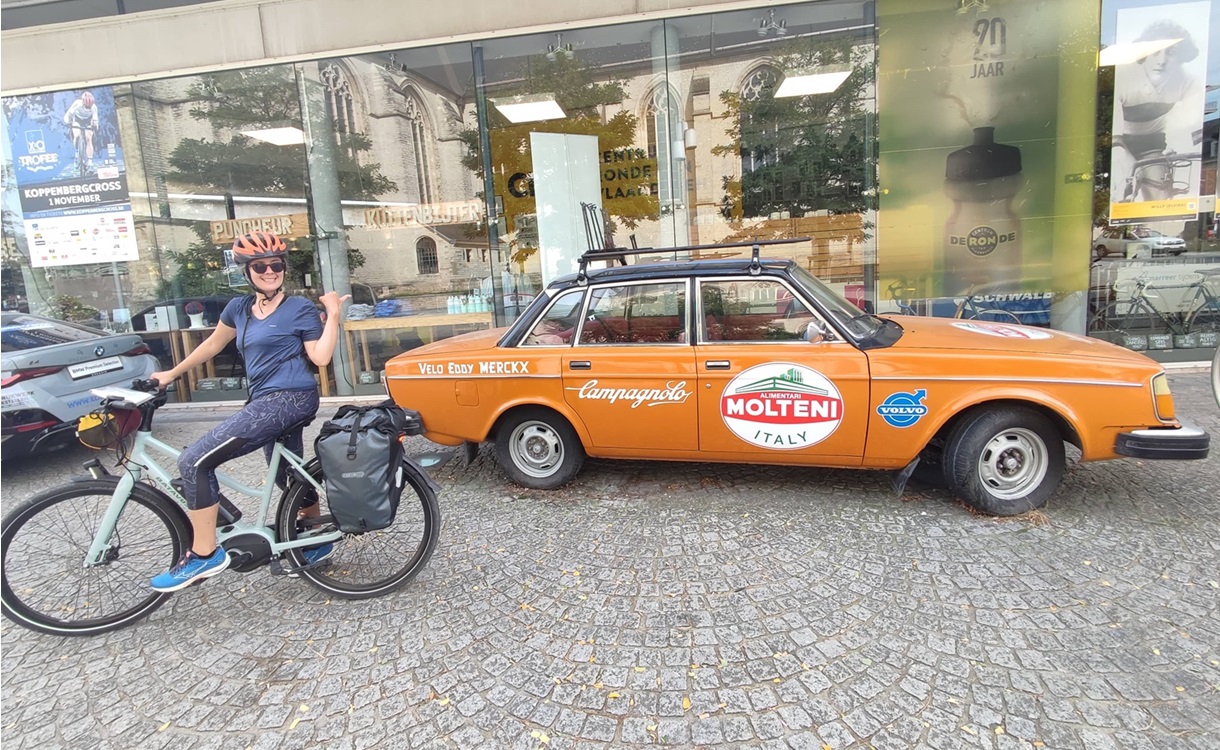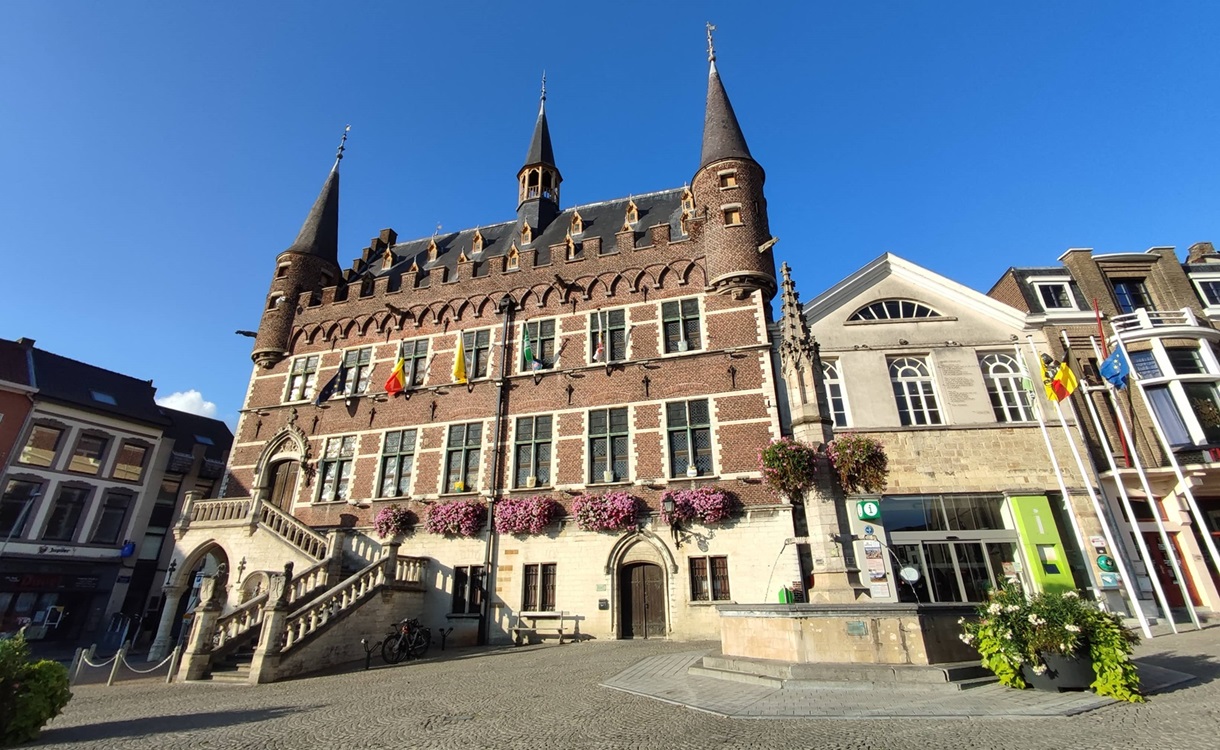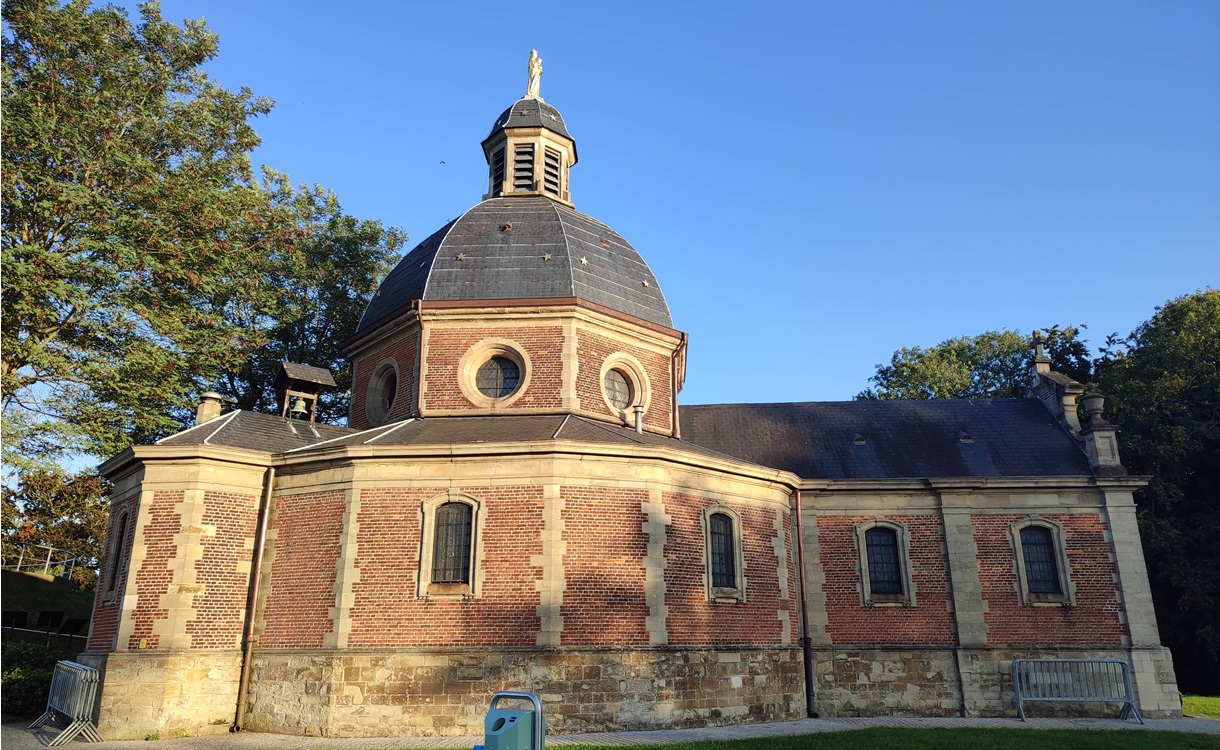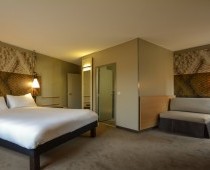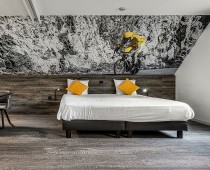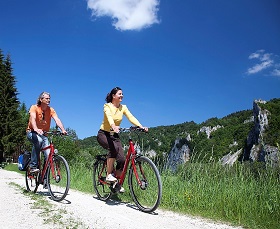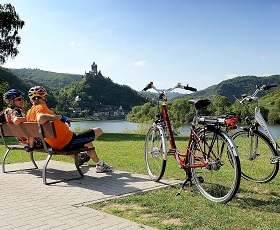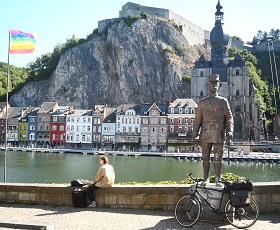Belgium

 GPS-app available
GPS-app available
The Tour of Flanders on a bicycle in 7 days
Cross this beautiful country by bike: visit the art cities of Brussels, Ghent, Bruges, and the Flemish Ardennes.
Reference
BE0702

- Loop trip
- 7 days
- Moderate
- March to November (for August, please contact us before booking)
- Minimum age 14 years
 GPS-app available
GPS-app availableFrom
Prices
1349€ / pers.
- Itinerary
- Accommodation
- Bikes, luggage and documents
- a touring bike adjusted to your size or a tandem
- equipped : front rack pack with an integrated file compartment, saddlebag, helmet (on demand), reflective vest, repairing toolkit with patches etc.
- We transport your luggage from one accommodation to the next using a private vehicle.
- Your luggage is directly delivered in your accommodation before you arrive.
- We provide a saddlebag for the things you shall need during the day.(included in your bike rental).
- We advise to take an extra set of clothes with you if you expect to arrive before 5p.m. at your accommodation.
- a roadbook with maps that we drew at the easiest scale to follow on a bike
- a roadbook with step-by-step description giving the direction to follow at each intersection and highlighting the points of interest
-
- Practical information
- By plane: fly to Brussels (Zaventem), the take the train to Brussels dity centre (15 minutes).
- By train: From Paris or London: direct trains to Brussels Midi: https://www.thetrainline.com/fr
- Reviews
-
Download
the trip description
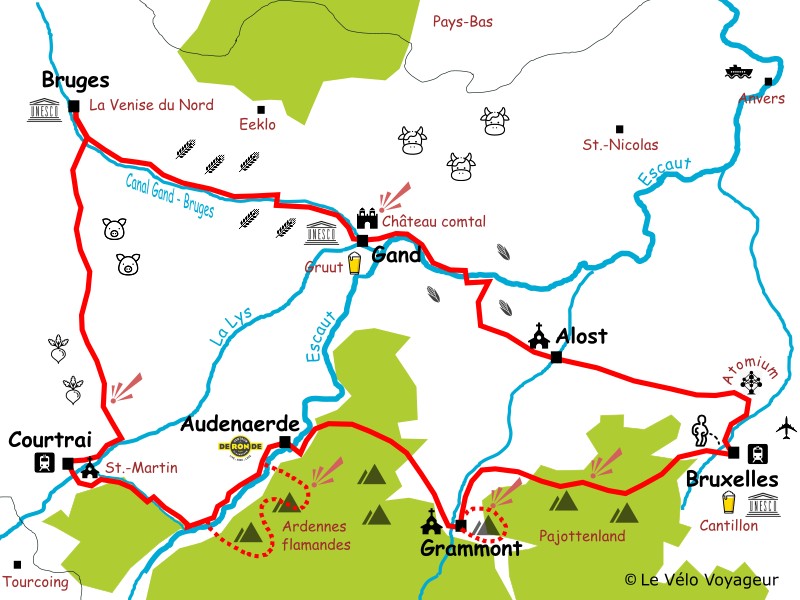
Brussels and Flanders, you will adore it !
The cuisine is delicious, ranging from Flemish carbonades, Brussels waffles, Berlin boule, mussels, frites, chocolates and obviously ... Belgian beer.
But that’s not all. Flanders was once one of the richest regions in the world and this is reflected in its beautiful art cities.
Welkom in Vlaanderen ! (Welcome to Flanders !)
The cuisine is delicious, ranging from Flemish carbonades, Brussels waffles, Berlin boule, mussels, frites, chocolates and obviously ... Belgian beer.
But that’s not all. Flanders was once one of the richest regions in the world and this is reflected in its beautiful art cities.
Welkom in Vlaanderen ! (Welcome to Flanders !)
 |
 |
||||||||||||||||||||||||||||||||||||||||||||||||||||||||||||||||||||||
|
|||||||||||||||||||||||||||||||||||||||||||||||||||||||||||||||||||||||
Category B
You will be staying in 3* hotels and B&B’s
* Example of the type of accommodation
Bikes
On your arrival day, we provide you with:
We also provide you with the appropriate equipment for your children : baby seat, bike trailer or trailer bike depending on their age and size.
On your arrival day, we provide you with:
We also provide you with the appropriate equipment for your children : baby seat, bike trailer or trailer bike depending on their age and size.
Electric bikes are also available for adults (+1m55).
You can of course also bring your own bikes, in this case a reduction will be applied (see the Tarif tab)
Luggage
For this trip, bikes are equipped with 2 waterproof saddle bags with a capacity of 10 to 20L each to transport your luggage. Do not forget to put your items in a soft travel bag to be able that you can roll it up in your saddle bags.
For more comfort, you can choose to add luggage transport in your booking:
(see rate in "Prices")
Our word of advice : as we know from experience, we strongly recommend you to avoid wearing a backpack during your cycling trip.
Travel documents
A cycling holiday is the best way to explore a region and discover its culture, landscapes and local traditions.
Your tour is self-guided to give you the freedom to ride at your own pace. You will be provided all the information you need to enjoy the itinerary and its points of interests.
We can provide you with travel documents in paper format (for a supplement of €15 for printing and postage), which include:

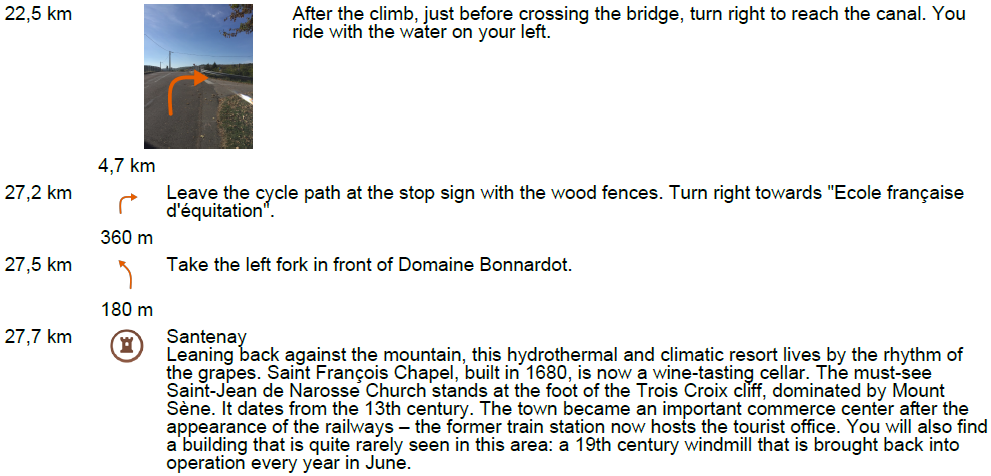
Example of a map and of a step-by-step description
Our GPS App
For this trip, you can also use our smartphone app featuring GPS guidance (without extra fee).
You will find in the app all the information given in the map and step-by-step roadbooks. You will be located on the itinerary with the GPS device of your phone. The route and directions to
follow will be both viewable on the screen of your phone and announced aloud. As you ride along the itinerary, you will be given information about visits, restaurants, services and
useful alerts on the way.
-> You need to have a smartphone and download Le Velo Voyageur app on your Apple or Android store before the trip. All details concerning the downloading and the use of the application will
be given after we have confirmed the booking and the balance is paid. Once the trip is downloaded, the GPS guidance can be used off-line.
To go to the starting point:
If you come by car, you can park your vehicle in Brussels for the duration of your stay in a city car park. Be careful, prices are high. In addition, Brussels is a Low Emission Zone, you must register your vehicle BEFORE traveling: https://lez.brussels/mytax/en/registration.
Appointment schedule:
You have direct access to your rental bikes to discover the city or to start your cycling trip as part of your program. Opening hours of the bike rental shop: 10 a.m. - 5 p.m.
.
1 bike travelers reviews




 3.00 / 5
3.00 / 5




 3.00 / 5
3.00 / 5
“ Flanders biking ”




 On the 2024-09-28
by
Joy Marie
On the 2024-09-28
by
Joy Marie
Beautiful area



